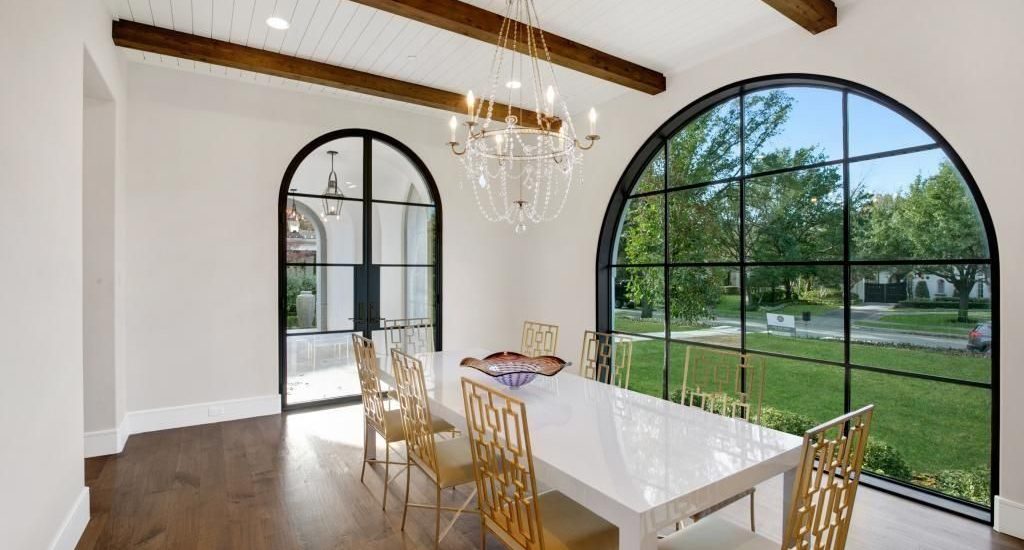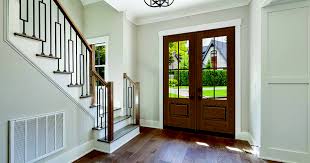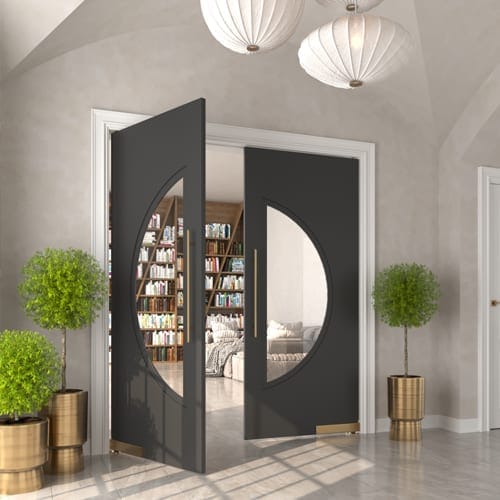Introduction
Home security is a top concern for homeowners, and one of the most common solutions is installing security doors. But do security doors really deter burglars? This blog explores how effective security doors are in preventing break-ins, what features make them a strong deterrent, and whether investing in them is a worthwhile choice for your home.
Understanding the Role of Security Doors
Security doors are specially designed doors made from reinforced materials like steel, aluminum, or solid wood. They often feature advanced locking mechanisms, impact-resistant glass, and tamper-proof hinges. The primary goal of a security door is to make unauthorized entry significantly more difficult for burglars.
How Do Burglars Choose Their Targets?
Before analyzing the effectiveness of security doors, it’s essential to understand how burglars choose their targets. Studies have shown that most break-ins occur when criminals spot easy entry points, such as:
- Unlocked doors or windows
- Weak, standard wooden doors
- Poorly maintained entry points
- Homes without visible security measures
Burglars typically avoid homes with enhanced security features, as they prefer quick and easy break-ins. A strong, well-secured door presents an obstacle that discourages forced entry.
Do Security Doors Deter Burglars?
Yes, security doors do act as a significant deterrent for burglars. Here’s why:
1. Increased Break-in Time
Burglars want to get in and out of a home quickly to avoid detection. A security door adds considerable time to the break-in process, making it less attractive to criminals. If a burglar cannot enter within a few minutes, they are more likely to abandon the attempt.
2. Reinforced Strength
Unlike regular doors, security doors are made with reinforced materials that resist kicking, prying, and drilling. Even if a burglar attempts to force entry, they would require heavy tools and excessive force, which could draw unwanted attention.
3. Advanced Locking Mechanisms
Security doors come with heavy-duty deadbolts, multi-point locks, and keyless entry systems. Standard doors with simple locks are easy targets for burglars using lock-picking tools, but advanced locks make it nearly impossible for them to gain entry.
4. Tamper-Proof Hinges
Many break-ins occur when burglars remove the hinge pins of a standard door. Security doors have non-removable, tamper-proof hinges, eliminating this vulnerability.
5. Visible Deterrence Factor
Criminals often assess a home before attempting a break-in. A sturdy, well-secured security door sends a strong message that the property is not an easy target. Homes with visible security features like these are less likely to be attacked.
Features of an Effective Security Door
Not all security doors offer the same level of protection. Here are some key features to look for when choosing a security door:
1. Material Strength
Steel and aluminum doors offer superior strength compared to wooden or fiberglass options. Some high-end security doors combine materials to enhance durability.
2. Locking System
A high-quality deadbolt lock or a multi-point locking system is crucial. Keyless entry options with biometric or keypad access provide additional security.
3. Impact-Resistant Glass
If the door has glass panels, ensure they are made of impact-resistant or laminated glass to prevent easy breakage.
4. Frame and Installation Quality
A door is only as strong as its frame. A steel or reinforced door frame with secure anchoring prevents burglars from prying the door open.
5. Security Screen Option
Some security doors come with an additional security screen made of stainless steel mesh, providing ventilation without compromising security.
Additional Security Measures to Complement Security Doors
While security doors are a great deterrent, they should be combined with other security measures for maximum effectiveness. Some additional steps include:
- Security Cameras: Surveillance cameras act as an extra deterrent and provide evidence if a break-in occurs.
- Motion-Activated Lights: These lights can startle burglars and make them rethink their actions.
- Alarm Systems: A loud alarm can alert homeowners and neighbors, increasing the chances of the burglar fleeing the scene.
- Reinforced Windows: If a burglar cannot access the door, they might try a window. Installing security film or reinforced glass can prevent break-ins through windows.
Are Security Doors Worth the Investment?
Investing in security doors is a smart decision for homeowners looking to enhance their safety. Here’s why they are worth considering:
- Peace of Mind: Knowing that your home is secure reduces stress and increases confidence in your safety.
- Insurance Benefits: Some home insurance providers offer discounts for enhanced security features, including security doors.
- Long-Term Protection: A security door is a one-time investment that provides years of safety and deterrence against break-ins.
- Increased Property Value: Security features can add value to a home, making it more appealing to potential buyers.
Conclusion
Security doors are an effective deterrent against burglars, significantly reducing the chances of a successful break-in. Their reinforced construction, advanced locking systems, and visible security presence make them an excellent investment for homeowners. While they work best when combined with other security measures, they are a crucial first line of defense in protecting your home and family. Investing in a high-quality security door is a step toward creating a safer living environment and discouraging potential intruders from targeting your property.





